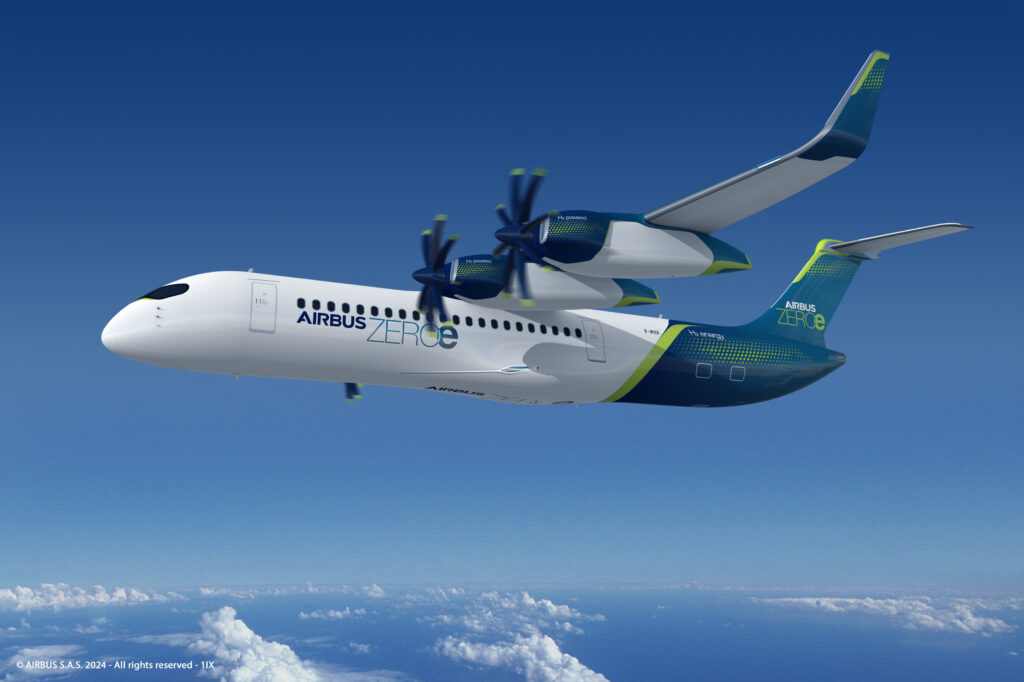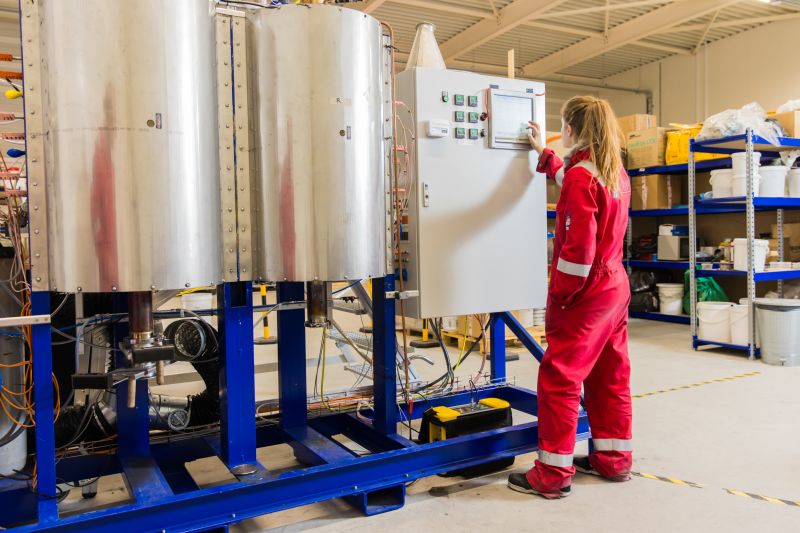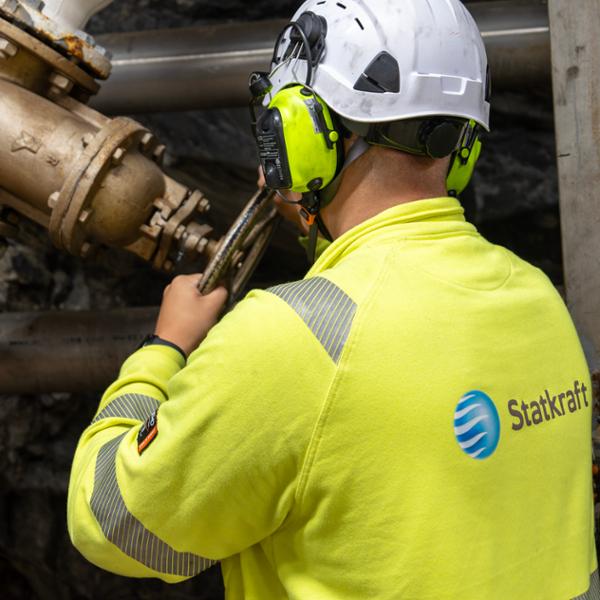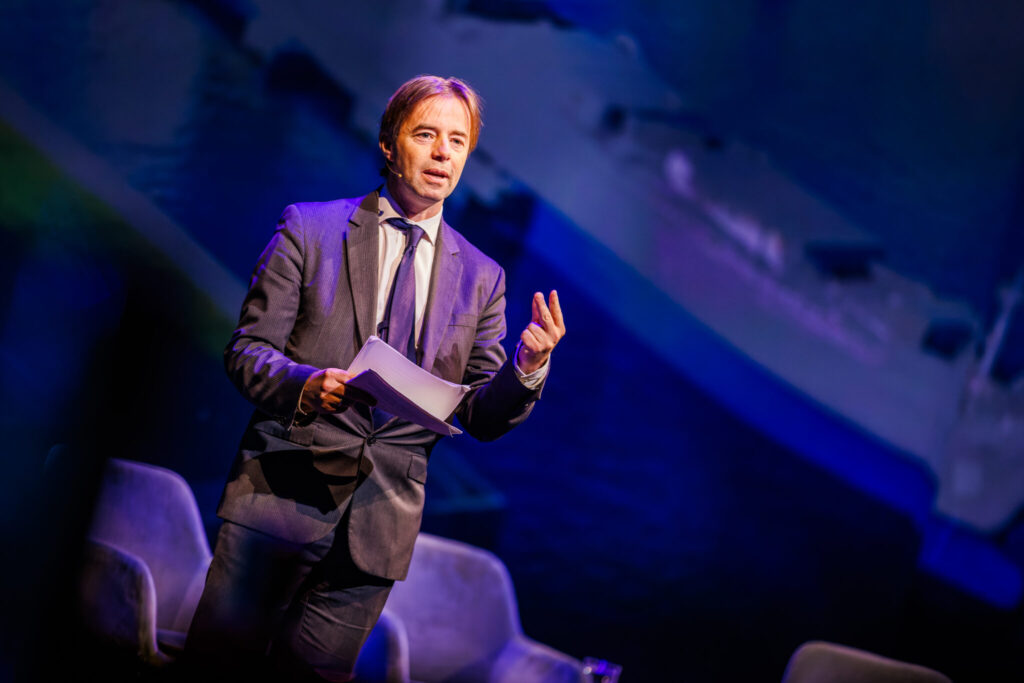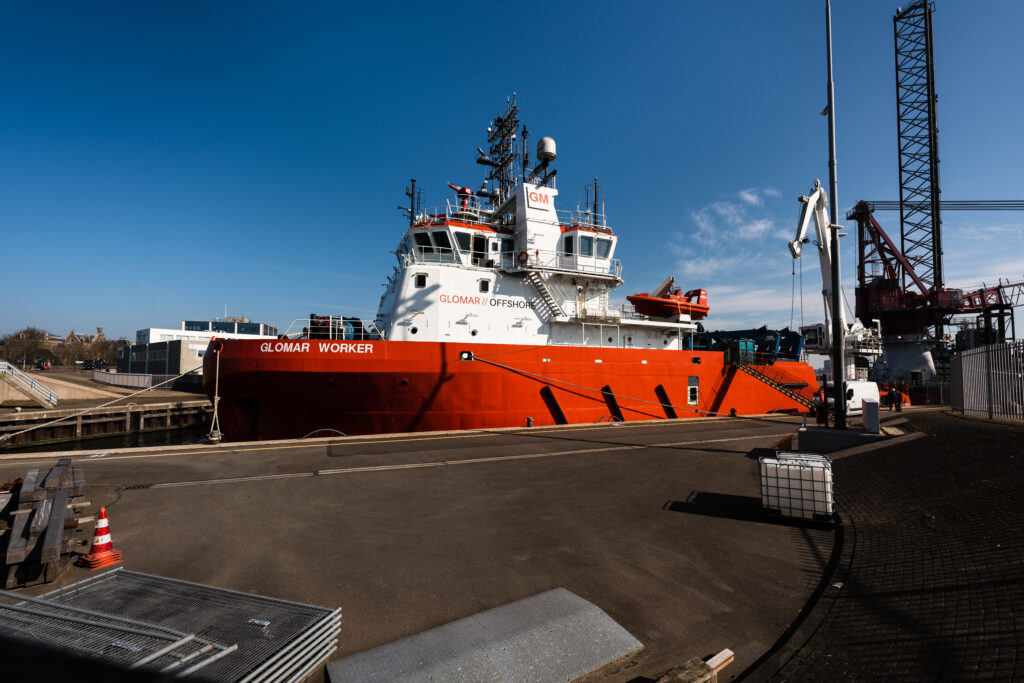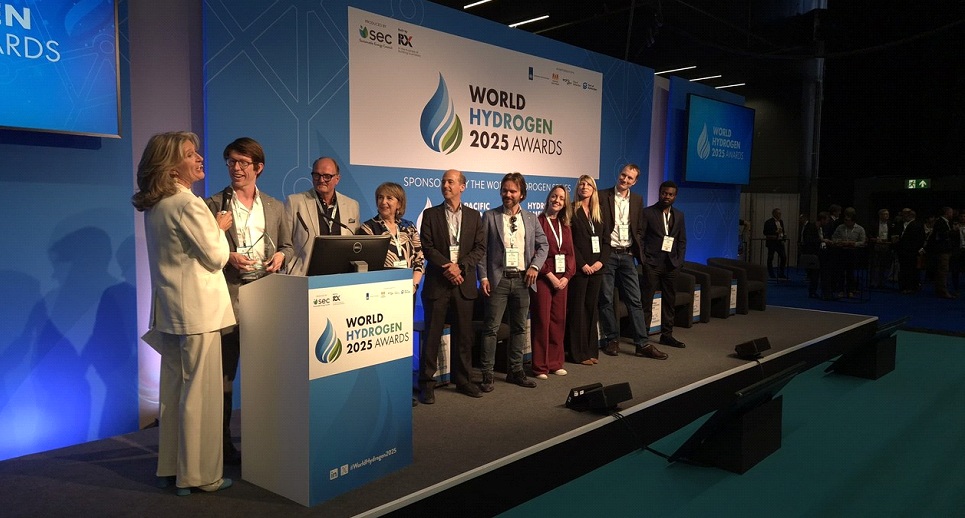Port of Den Helder sees hydrogen as the way to make shipping more sustainable and is investing heavily in the development of a hydrogen tank ecosystem. As part of project Waterstofproeftuin, (hydrogen testing ground) interested parties from the worlds of business and politics were recently able to experience for themselves what cruising on hydrogen means in practice.
Maritime users introduced to hydrogen in Port of Den Helder
Silently, water taxi MSTX 22 departs for a short crossing to the Royal Naval Institute in Den Helder. Its destination is the naval grounds where a meeting on the use of hydrogen in the maritime sector is taking place today (Thursday 26 January). The day has been organised as part of the Hydrogen Testing Ground Den Helder – one of the projects in the Green Shipping Wadden Sea programme, which has come about with support from the Wadden Fund, the province of North Holland and the Regio Deal Maritime Cluster Kop van Noord-Holland, among others. Various regional authorities and entrepreneurs work together in Green Shipping Wadden Sea to accelerate the transition to sustainable shipping on the Wadden Sea.
Safe and reliable
The crossing to the naval grounds is going smoothly. The builders/developers on board explained that it took more than three years to develop the hydrogen water taxi. Passengers are hardly aware that the boat is packed with technology, as all technical parts are conveniently hidden under seats and in the bottom of the vessel.
Since August last year, the unique boat has been in use at Watertaxi Rotterdam. And to their satisfaction. Despite intensive use, reliability is above expectation. With full tanks, the water taxi can cruise for a whole day at cruising speed (16 km/hour). At top speed, the boat reaches 25 km/hour, but for a shorter period. The developers (maritime innovator Flying Fish and fuel cell manufacturer Zepp-solution) are already working on the next step: designing and building a hydrogen boat that will be equipped with a 150 Kw fuel cell and which can store over 500 kg of hydrogen.
Hydrogen supply and demand
Cruising on hydrogen is not a futuristic notion, it is already possible. However, if we want a hydrogen economy to flourish, we need to close all the links in the chain. This means that we not only need the availability of an infrastructure to distribute and deliver hydrogen, but there also needs to be sufficient demand of hydrogen-powered vessels.
It is exactly this problem – known as a chicken-and-egg situation – that was the focus of the meeting on Thursday, 26 January. As long as no infrastructure is available, large shipowners will be reluctant to invest in hydrogen ships. While conversely, it is difficult for hydrogen suppliers to make large investments in production and/or distribution with still only a few ships operational.
Wanted: buyers
But there is plenty of willingness to invest in the development of a hydrogen ecosystem in the Port of Den Helder. A great example is Zephyros, a project in the port of Den Helder that closes the whole chain. Sustainable, solar-energy generated electricity is converted into hydrogen and delivered to the Kooijhaven via pipelines and tube trailers. The aim now is to find customers for this hydrogen, which is still quite a challenge, as Finco Fuel and Total Energies, two parties involved in the project, explained.
FPS: retrofit of existing ships
To meet climate targets, speed is of the essence. In the short term, many more ships need to run on hydrogen. That is not helped by the fact that ships have a long economic lifespan. Future Proof Shipping (FPS) is therefore focusing on retrofit to accelerate the transition: taking out the old diesel engine and putting in hydrogen-electric propulsion. The company has an ambitious conversion programme that is now starting to gather steam. The first converted barge, the FPS MAAS, will be put into service in April. The diesel was replaced by three 300 KW fuel cells and the tank will hold 500 kg of hydrogen. Because of the high pressure, the hydrogen is stored in steel cylinders, which are then hoisted on board in a container. The whole package weighs a massive 32 tonnes.
The conversion costs and higher price of hydrogen mean that from a purely economical angle, it is not a viable option at the moment. However, FPS is counting on there being enough customers willing to pay ‘slightly’ more for sustainable transport. Consumers want the certainty of a product produced and transported emissions-free. Moreover, the extra price per unit is not that high. Take FPS MAAS: it is set to transport sports shoes from Rotterdam to Belgium, with customers only having to pay an extra 2 cents per pair.
Specific steps
The event was not all talk. Kees Turnhout, director of the Port of Den Helder, noted in his closing speech that specific steps have been taken towards a green hydrogen infrastructure in the Wadden Sea ports:
“All parties are keen to actually make this happen now. I have seen today a collective determination that cruising on hydrogen is really going to happen.”
